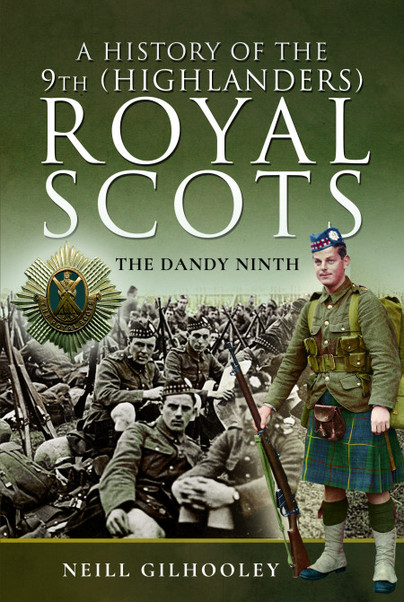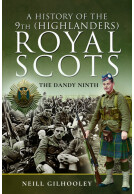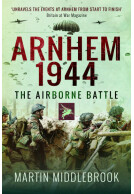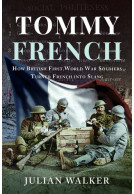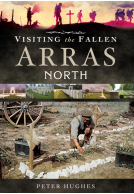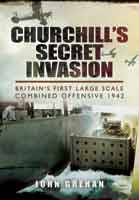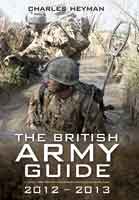A History of the 9th (Highlanders) Royal Scots (Hardback)
The Dandy Ninth
Imprint: Pen & Sword Military
Pages: 356
Illustrations: 20 colour & 80 mono illustrations plus 25 maps, 1 diagram and 5 graphs
ISBN: 9781526735270
Published: 6th December 2019
(click here for international delivery rates)
Need a currency converter? Check XE.com for live rates
| Other formats available | Price |
|---|---|
| A History of the 9th (Highlanders)… Paperback Add to Basket | £11.99 |
| A History of the 9th (Highlanders)… ePub (56.9 MB) Add to Basket | £6.99 |
Edinburgh is forever bound to The Royal Scots, the oldest regiment in the British Army and now part of The Royal Regiment of Scotland. For a period in the early twentieth century, it also had a Highland battalion, the kilted 9th Royal Scots, which became affectionately known as the Dandy Ninth. The battalion was formed in the aftermath of the Boer War’s Black Week. It sent volunteers to South Africa and established itself as Edinburgh’s kilted battalion, part of the Territorial Force.
Mobilised in 1914 as part of the Lothian Brigade, they defended Edinburgh and environs from the threat of invasion, and constructed part of the landward defences around Liberton Tower. They were part-time soldiers and new recruits, drawn from the breadth of society but with a strong representation of lawyers, rugby players and artists such as the Scottish Colourist F.C.B. Cadell, and William Geissler of the Edinburgh School. A remarkably high proportion of the battalion received commissions and served in many branches of the armed forces, and in many theatres.
In the Great War they mobilised to France and Flanders and served in many of the major actions: in Ypres in both the Second and Third (Passchendaele) Battles of Ypres as well as on the Somme 1916 at High Wood and the Ancre (Beaumont Hamel), at Arras 1917 (Vimy Ridge); at Cambrai 1917 (Fontaine); and during the 1918 German Spring Offensive at St Quentin and at the Battle of Soissonais-Ourcq. They were with the 15th (Scottish) Division in the Advance to Victory.
Some 6,000 men passed through the ranks of the Dandy Ninth and over a thousand never returned.
A very interesting book about one of the most famous battalions in the history of the British armed forces.
Miniaturas JM
Read the full Spanish review here
If there was a book like this for every Battalion that fought during the Great War, then no stone would be left unturned! If I could offer one piece of advice in relation to this book, if you have even a passing interest in the Scottish experience of the First World War, it would be this; buy it!
Jon Sandison
The Dandy Ninth kilted regiment of the Royal Scots was raised after the Boer War’s Black Week. The Great War was to see the Dandy Ninth in action and of 6,000 to enter their ranks, 1,000 never returned . – Very Highly Recommended.
Firetrench
Read the full review here
This is a very informative book, full of detail of a Territorial battalion in WW1, very intimate and takes one right in to the battalion so you feel you know the guys. There are many photographs, maps and cartoons in this well written, finely researched book. Well worth a read, even if you are not a Royal Scot, as many battalions went through similar lives.
Army Rumour Service (ARRSE)
Read the full review here
About Neill Gilhooley
Neill Gilhooley was born in Edinburgh. He worked overseas as a project engineer in the oil and gas industries and now lives in Nottingham with his wife and two children.
His interest in the 9th Royal Scots was aroused by his grandmother’s stories of her father’s service in the battalion, including a vivid memory of him coming home on leave and running the naked flame of a candle up the pleats of his kilt to rid it of lice and their eggs.
He has compiled a half million word index of the personnel of the battalion.







